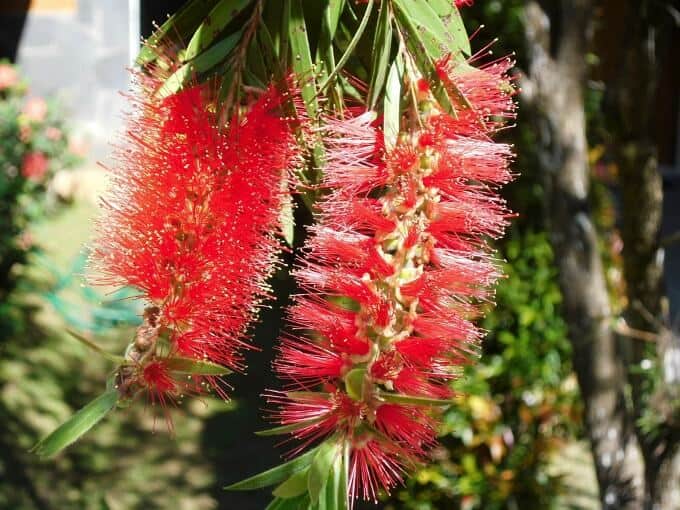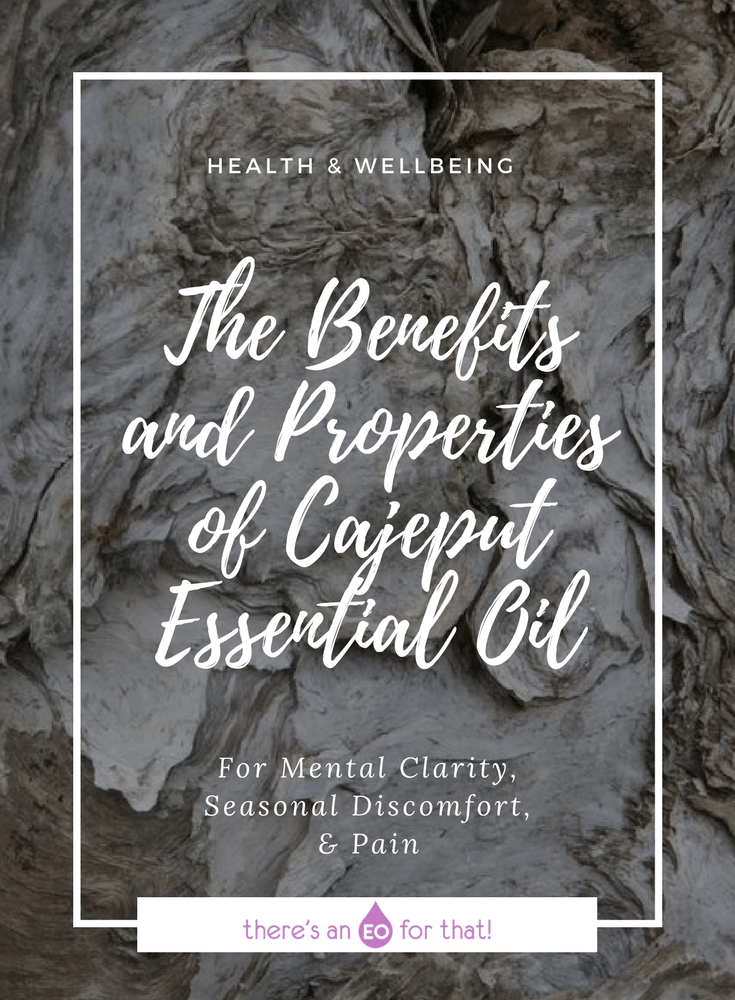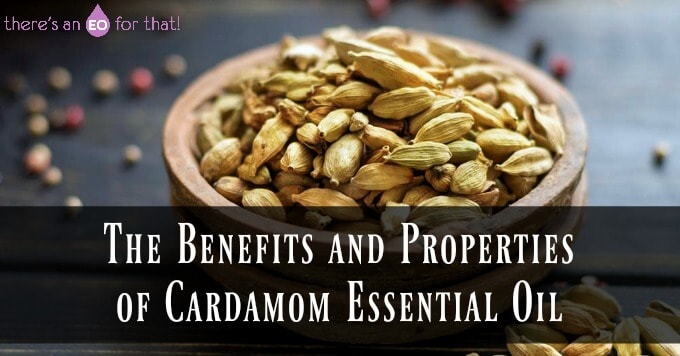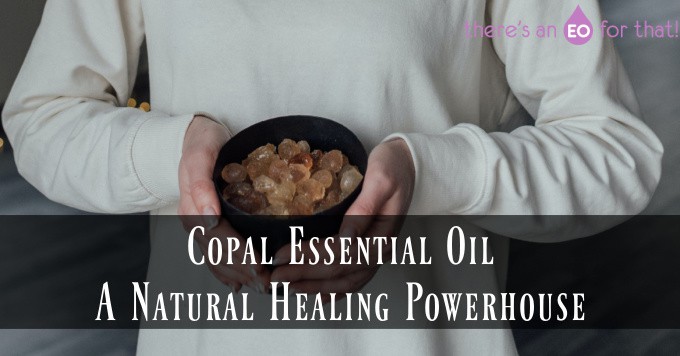
Renowned for its beautiful foliage, exotic flowers, and attractively fibrous white bark, cajeput essential oil is one of the best-kept secrets in aromatherapy.
I have often reached for this oil for its piercing and clarifying scent to help re-enliven the mind, improve concentration, and awaken the senses after a long day at my desk. It’s also one of my must-have oils in my homemade sore muscle balms and salves as it soothes tension, tightness, and soreness in the muscles and has been especially helpful in controlling my sciatic pain.
Whatever your reason, whether it be mental, emotional, or physical, cajeput essential oil is sure to alleviate what ails you!
The Benefits and Properties of Cajeput Essential Oil
Botanical Name
Melaleuca cajeputi
Synonyms
M. leucadendron var. cajeputi, also known in Malaysia and Indonesia as kayaputi and in the USA as punk tree.
Family
Myrtaceae
Origins
M. cajeputi is a medium-sized tree that can grow up to 30 meters (98 feet). It has a single trunk that often has a small crown. Its branches are slender with white papery, thin and flaking bark. Its flowers are pink, purple, white, or red.
Native to Australia and Asia, cajeput belongs to the Melaleuca family like tee tree and eucalyptus and exhibits many therapeutic properties and a fresh, herbaceous, yet fruity aroma that can help energize a sluggish mind and improve your mood.
Its name derives from the Indonesian words ‘kayu putih” or “white wood” which makes it popular for landscaping.
Much of its oil is produced and exported from the Indonesian island of Sulawesi.
Extraction Method and Essential Oil Characteristics
Cajeput essential oil is extracted via steam distillation from the fresh leaves and twigs of M. cajeputi. This plant material is often fermented before distillation to ensure that the maximum properties are extracted by breaking down some of the heavier molecules that would not normally make it into the end product.
It takes 100 pounds of cajeput twigs and leaves to produce approximately 1 pound of essential oil.
Essential Oil Characteristics
Cajeput essential oil is a colorless to pale-yellow or greenish-colored liquid with a powerful, fresh, eucalyptus-like and camphoraceous aroma. Some describe it as a combination of cardamom, camphor, and rosemary. It has a thin consistency.
Orac Rating
37,000 µTE/100g
Historical and Traditional Use
In Malaysia and other Indonesia islands, cajeput was considered a valuable treatment for cholera, colds, flu, headaches, rheumatism, throat infections, toothache, sore muscles, and for various skin conditions.
It was highly regarded for its antiseptic, carminative, and analgesic properties.
Australian aborigines used it thus:
Cajeput has been used by the aborigines on Groote Eylandt for the treatment of aches and pains. The leaves are crushed in the hand and rubbed on. Sometimes, young leaves and twigs are crushed and steeped in hot water, the liquid is used to bathe the affected area, and the rest is poured over the head. Crushed leaves are sniffed to cure headache.
Cajeput was first introduced to Europe in the 17th century, and the oil was an expensive and rare commodity until the Dutch gained territory in the Moluccas (the believed origin of cajeput).
It is thought that cajeput was first mentioned in The Natural History of Simple Drugs by Dr. G Guibourt in 1876. He described the properties of cajeput as antiseptic for intestinal issues, dysentery, enteritis, urinary complaints, cystitis, and infections of the urethra.
Nowadays, cajeput essential oil is widely used for respiratory conditions to alleviate respiratory discomfort and distress, especially nasal and chest congestion. It is also used as an effective topical pain reliever for injury, arthritis, gout, back pain, sciatica, neuralgia, and neuritis.
It makes for an excellent addition to balms and salves and it one of the key ingredients found in Tiger Balm Red.
Other Possible Uses
Cajeput essential oil may help with:
• Acne
• Arthritis
• Asthma
• Bronchitis
• Bursitis
• Catarrh
• Colds
• Coughs
• Cystitis
• Dysentery
• Enteritis
• Flu
• Hay fever
• Headaches
• Infections (specifically of the urethra)
• Insect Bites
• Intestinal issues
• Joint pain
• Laryngitis
• Pneumonia
• Psoriasis
• Respiratory infections
• Rheumatism
• Sinusitis
• Skin issues (specifically oily skin)
• Sore throat
• Toothache
• Urinary issues
• Viral infections
Chemical Components
A typical chemical composition of cajeput essential oil is:
• α-pinene (38.9%)
• β-pinene (1.5%)
• myrcene (0.5%)
• α-terpinene (0.2%)
• limonene (2.9%)
• 1,8-cineole (21.1%)
• γ-terpinene (1.0%)
• p-cymene (3.1%)
• terpinolene (0.8%)
• linalool (0.3%)
• terpin-4-ol (1.9%)
• α-terpineol (3.3%)
Therapeutic Action
Cajeput essential oil is known to be analgesic, antiseptic, antispasmodic, expectorant, febrifuge, stimulant, sudorific, and vermifuge.
These properties make cajeput an ideal candidate to have on hand for treating seasonal illnesses, respiratory distress, sore muscles and joints, and menstrual cramping.
Pharmacological and Clinical Studies
Cajeput essential oil is reported to have carminative, stimulant, diaphoretic, and antimicrobial properties.
Esoteric Uses/Action
Cajeput is an excellent purifying essential oil that helps clear away negative energies and can be used to purify the home and protect it from harmful influences. It is known to help one break compulsive habits.
Astrological - Virgo
Chakras - 6
Character – Neutral
Fragrant Influence
The scent of cajeput essential oil clarifies the mind, relieves drowsiness, uplifts a stagnant mood, and energizes the senses. It’s perfect to diffuse in the home or office when you need a mental pick-me-up.
Note - Top note (5-20% of the blend)
Fragrant Intensity: 4
Blend classification: Enhancer
Blends Well With
• Birch
• Cedarwood (Virginian)
• Clove
• Eucalyptus
• Juniper
• Oregano
• Peppermint
• Rosemary 1,8-cineole
• Thyme
• Wintergreen
Indications for Cajeput Essential Oil
Digestive System
Soothes episodes of colic and inflammation of the intestinal lining such as enteritis, dysentery, gastric spasms and intestinal parasites.
Integumentary System
Known to alleviate itching due to insect bites, eczema, and psoriasis.
Musculoskeletal System
Cajeput essential oil is an excellent addition to massage oils, joint and muscle balms and salves, and other ointments for soothing pain and discomfort associated with sports injuries, arthritis, and rheumatism.
Its pain-relieving properties are especially useful for lumbago, sciatica, neuralgia, gout, muscle stiffness, and general aches and pains.
Nervous System
The scent of cajeput essential oil is a tonic to the nervous system and can be used to alleviate fatigue, mental fog, drowsiness, and general stagnancy and restlessness.
Respiratory System
Cajeput essential oil is recommended for many lung and sinus ailments such as asthma, sinusitis, sore throat, cough, colds, and flu.
Using the oil in a bowl of hot water with a towel draped over your head can help alleviate congested nasal and bronchial passages.
Diluting 1-2 drops in a ½ oz of carrier oil can be used to massage around the ears and throat to lessen the pain associated with ear infection and sore throat.
Keep in mine that cajeput essential oil should not be used on children under 6.
Skin Care
Adding 1-2 drops of cajeput essential oil to a ½ oz of carrier oil like rosehip seed or argan oil is good for controlling oily skin.
Energetics
Cajeput is described as having a hot and stimulating nature and is recommended for those with cold and deficient constitutions and conditions.
Mode of Administration and Application
Topical administration includes:
• Massage
• Compress
• Bath
• Ointment
• Inhalation via steam, diffusion, spray, or nasal inhaler
Other modes of application:
1. Apply 1-2 drops on location (diluted)
2. Apply to Chakras/Vitaflex points
3. Directly inhale from the bottle for 3 deep breaths
4. Diffuse 2-3 drops for 20 minutes 2-3 times daily (I love this diffuser)
Safety
Cajeput is non-toxic and non-sensitizing. However, it can irritate the skin if used undiluted and should never come into contact with mucous membranes or other sensitive areas of the body.
Maximum Dilution
4%
Learn more about maximum dilutions HERE.
Is it Kid-Safe?
NO
References
Essential Oils Desk Reference – Third Edition
Essential Oils Integrative Medical Guide
Reference Guide to Essential Oils
The Complete Guide to Aromatherapy
You May Also Enjoy Reading:
Essential Oil Profiles and Therapeutic Uses
The Maximum Dilution for 400 Essential Oils
Essential Oils for Sore Muscles
Simple Sore Throat Spray Recipe






Raven says
Please talk about the weird color changes caused by cajeput oil! Every site that is still findable for non-FOSS people has basically no description of cajeput at all, because they only say, "It is related to the tea tree plant, so it can be use just like tea tree, except that it smells better and is energizing". Every common EO never has a color change - sure lemon could bleach, but it's probably not going to, and everyone already knows that lemons can bleach, and bleach is not the same as what is happening here. I want to know WHY the things are changing color and whether I should be "washing that part off" or not!
And aside from that, perhaps the EO should be added into dye recipes for some people, if the color change is something like that! But more importantly, is to know: What is it?
Michele Beam says
Hi Tash
I got your reply for the Oregano roller recipe, but the recipe was not there Please advise. Thanks, Michele
Michele Beam says
I am trying to find your Oregano roll on recipe for a college bound student. Would you please send it to me ? I love the information you provide. I have learned so much from you. Thank you for all your hard work. You help me in my essential oils journey. Sincerely, Michele Beam
Tash says
Hi Michele!
Here it is: 🙂
Jesse Keaton says
Please, I recall reading on your website that " If you have tried evrything else for anxiety with no success, then try this..."
I have tried relentlessly to find that again so that I may obtain that one oil for my son who deals with social anxiety, but to no avail. Do you recall this being posted on your website or am I mistaken?
Sincerely,
Jesse Keaton
Tash says
Hi Jesse!
FINALLY found it! Angelic Root Essential Oil 😀